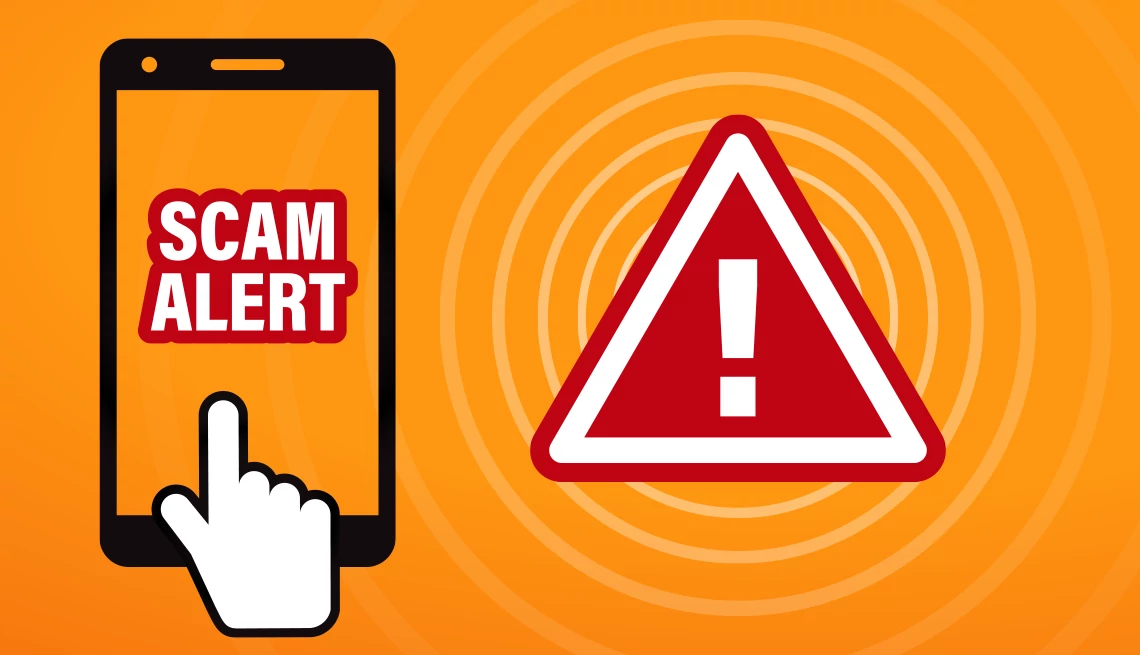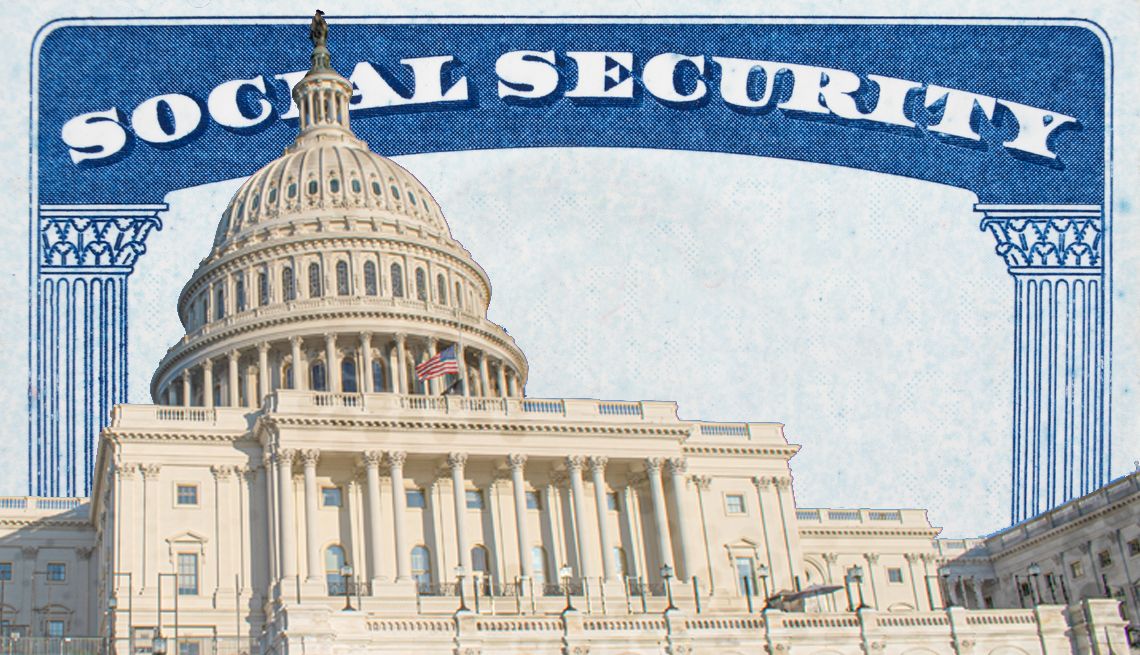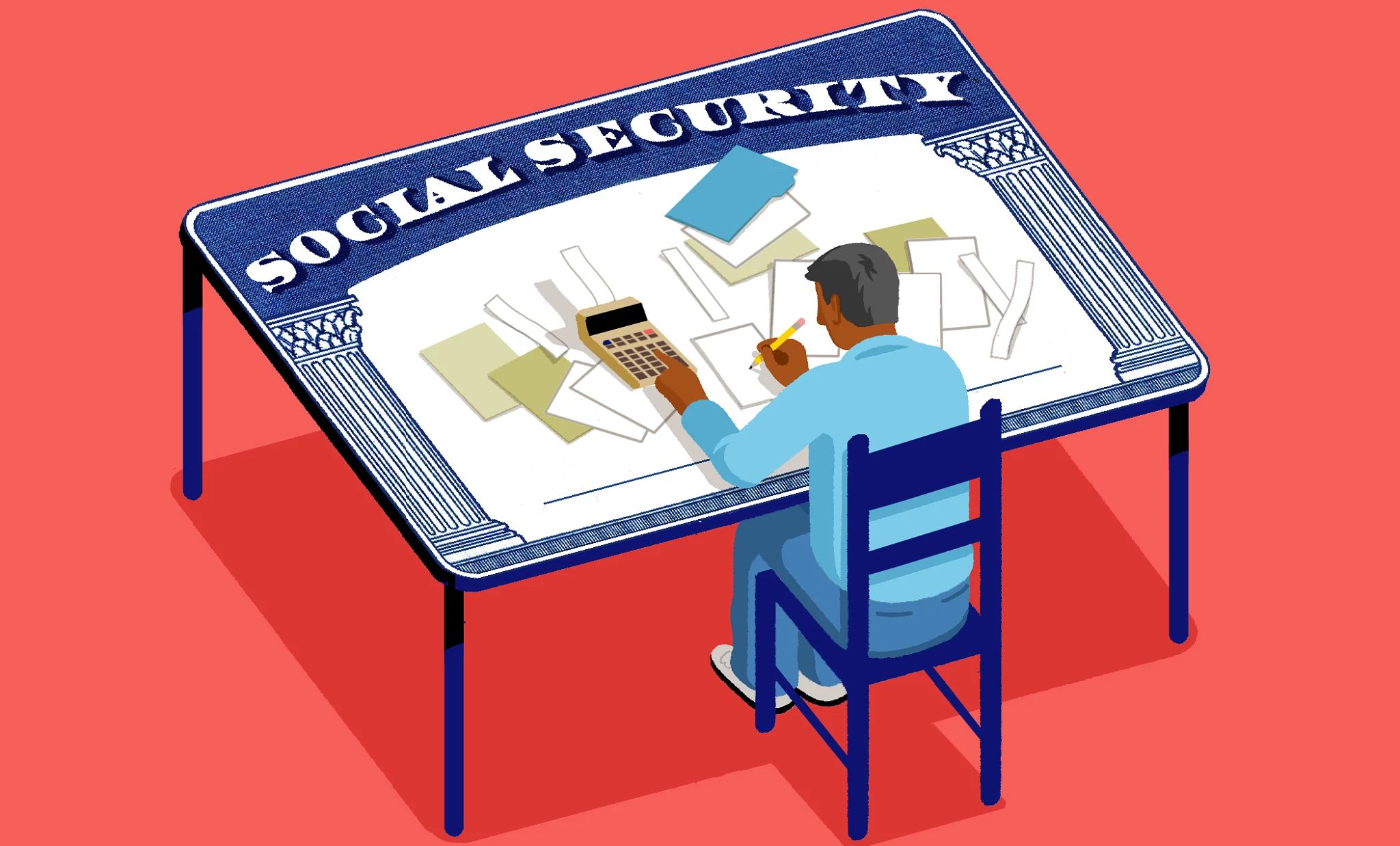AARP Hearing Center


The word “smishing” comes from combining “SMS” — which stands for Short Message Service, the technology behind texting — with “phishing,” the practice of trying to steal personal or financial information through deceptive communications, primarily emails. Basically, it's phishing by another means, namely, text messages on mobile devices.
Like phishing emails, smishing texts are social-engineering scams that aim to manipulate people into revealing payment or sensitive data such as Social Security numbers, credit card numbers and account passwords or providing access to your laptop. They rely on persuading you that the sender is a familiar or trusted source and that urgent action is needed to secure a benefit, resolve a problem or avert a threat.
While the number of reports of scams with a text declined in 2024, the amount of money stolen skyrocketed, with victims reporting $470 million in theft to the Federal Trade Commission (FTC). That’s more than five times what was reported in 2020. Experts agree that underreporting makes it likely that the actual amount is far higher.
6 common smishing scams
A scam text might say you've won a lottery prize or you missed a toll road payment. It could look like an alert from a government agency, such as Social Security or the IRS, or link to a phony invoice or cancellation notice for a product or service you supposedly bought. Here are six of the most common scams:
1. Fake delivery-related text messages. These texts appear to be from the likes of Amazon, FedEx or the U.S. Postal Service, about an impending package or a shipment snafu. You may be sent to a website, where you’re asked to verify your address and perhaps pay a small “redelivery fee.”
2. Phony job offers.. Someone may claim to be from a recruiter who has a job. Employment opportunities were the third most common fraud reported to the FTC in 2024. Victims may end up as unwitting money mules, putting up their own money for equipment with the promise of reimbursement or revealing private financial information when applying for a phony job.
3. Bogus bank fraud warnings.. These texts may appear to be from your financial institution with urgent messages to verify a transaction. Your response, whether a click or a call, gives scammers the means to steal your money or sensitive information or to infect your device with malware.


































































More From AARP
Scammer Accountability Begins with Ending Victim Blaming
Scammers steal billions of dollars from consumers every year. The impact can be financially and emotionally devastating.
How Much Do You Know About These Famous Fraud Cases?
See how many con artists you can recognize.
Secure Your Digital Life with Hardware Keys
The pros and cons of using hardware keys to secure your digital life